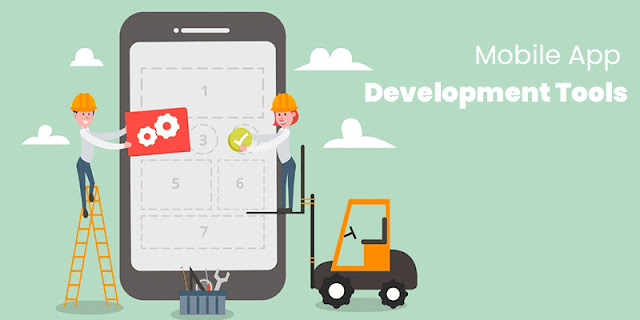The iPhone App Development process is basically similar to any mobile app development for any platform. The process as usual starts with ideation, statistical research, followed by design, testing, and finally culminating in the launch.
However, while the basic process might seem similar, with iPhone apps development, it’s not so easy. iPhone app developers need to ensure they comply with the various rules set by Apple for creating user-friendly and compatible iPhone apps.
Nevina Infotech has tried to make the process more comprehensive by providing the following flowchart.
1. Initial Research
The first steps into iOS app development include-
- Research and analysis: this includes thorough market research on the iPhone app industry. Since there are a plethora of apps on the App Store, competition is also fierce.
- App Store Guidelines: Apple has stipulated strict guidelines on the apps that are published on the App Store. Only those applications that meet the requirements are finally made available to users.
2. Designing
Designing comes before the actual development of the app. The look and feel are decided to keep in mind the preferences of the target audience.
- Conceptualization: the concept of your app is simply the style that you want to portray. Once decided, the design team will prepare blueprints, sketches, and design boards to put your ideas into processing.
- UI/UX Designing: this determines the kind of user experience you want to create for your audience. The primary aim of designing is to provide a visually appealing app that is also user-friendly and easy to navigate.
3. App Development
After the initial research and design are complete, the most critical phase for iPhone app development services in India is the development stage.
The development phase brings the concept of the app to life. In this stage, there are several parts that need to be taken care of-
- Backend development
- Front-end development
- APIs
- Coding languages
4. Testing
The app is tested for performance, compatibility on various devices, memory usage, and speed.
5. Launch
After testing and reviewing the final product, the app is published on the App Store. Millions of users downloading from the app store will be able to install the app and use it.
Read More: Pros and cons of mobile app development
6. Evaluation
Conclusion
iOS app development is a little more complicated due to the specificity of Apple’s guidelines. Even after the deployment of the application, the app development process never really ends because it constantly needs to be updated to incorporate new features according to customer demands.





























